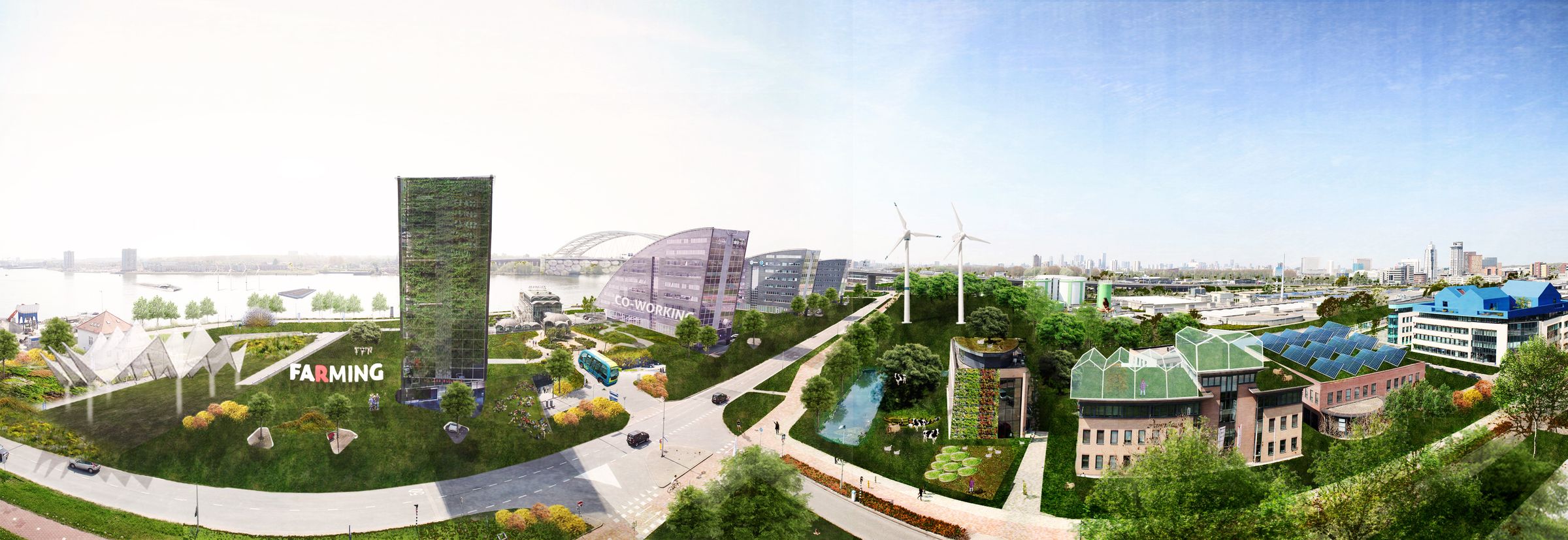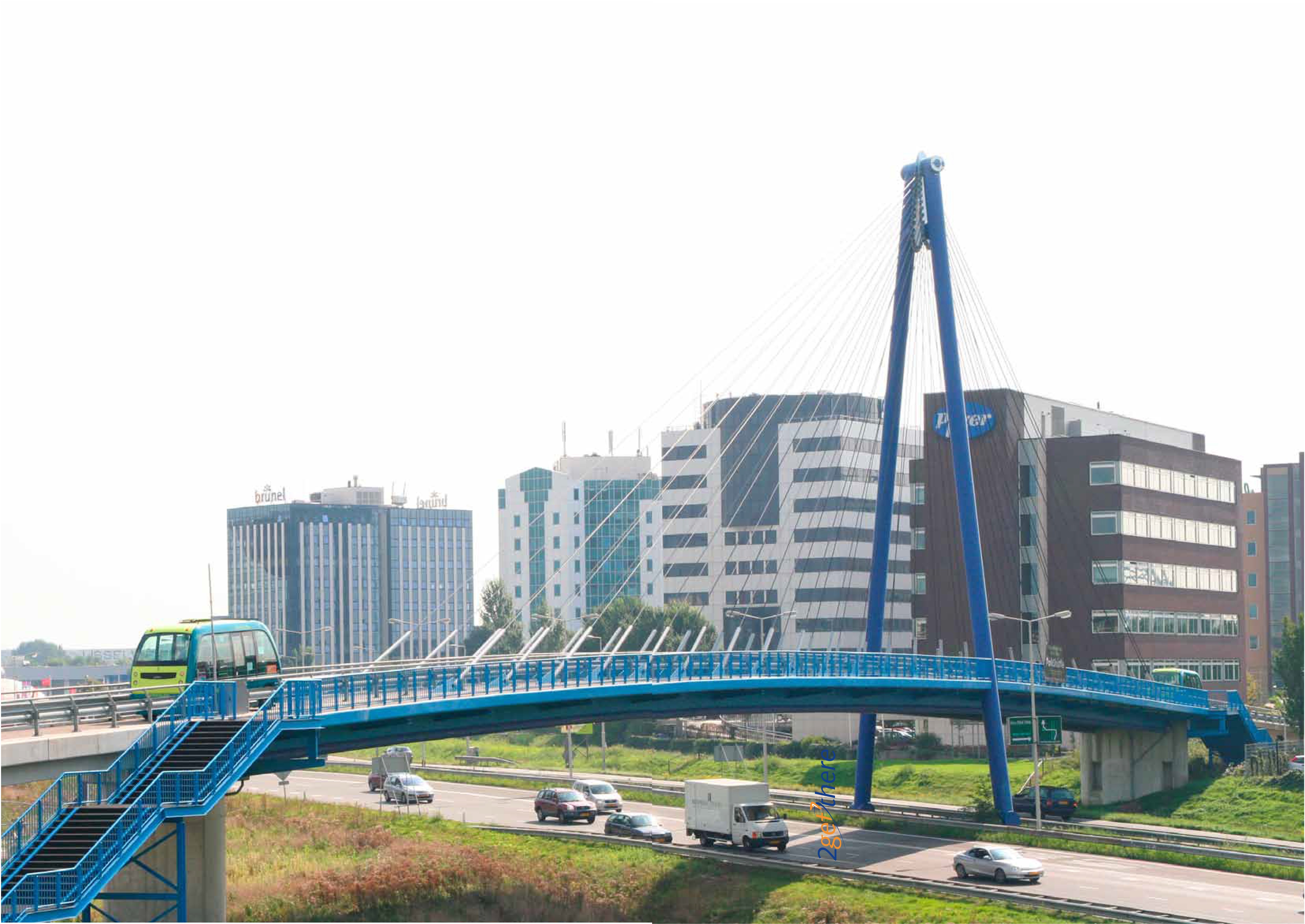

The Self-driving City
How autonomous driving benefits sustainable urban society
Mar 08, 2017

Self-driving vehicles will change the urban environment drastically. The Self-driving City Research uncovers insights into the significant changes and how to adapt to them. Who will use self-driving cars, what will their effects be on the urban fabric, businesses, and citizens? We show patterns and lessons learned and five local in-depth case studies. All are freely available below. The funding for this project came from The Dutch Creative Industry Fund, supported with knowledge from local governments, universities, and industries.

All major car industries are developing self-driving cars. Self driving trucks, and other vehicles, are close. Start-ups appear with new prototypes. Uber and Google invest in pilot projects while European ministers cooperate in adaptation of the legal framework. But what is the contribution to society of all this? What are the people’s needs and requirements? And will these new transport solutions contribute to a sustainable city?
The selected trends, precedents and data of the research show that proven technology is still limited, but that we are near a breakthrough. Progress is being made by testing in different product combinations such as distribution, private cars, and bus services.
The main benefits of autonomous transportation are an increase of traffic safety and the ability to manage traffic more efficiently. Due to the fact that nearly all autonomous systems in the market are electric, ‘zero emission’ is by definition part of the perspective.
One of the largest network effects is that the traditional gap between private cars and public transport will gradually fade away. This development takes off by the introduction of self-driving shuttles for the last miles from station to destinations. Eventually, autonomous (shared) taxi and shuttle transportation will outcompete unprofitable conventional public transport.
With shared car and bike services regional and national rail networks, transportation becomes an integrated online product: Mobility as a Service. The Research Book Self-driving City relates autonomous transportation to this and other trends.

The promises and expectations of accessible, clean, safe, comfortable, and frequent transportation due to self-driving technology seem tremendous. But what about the downsides? History shows that each successful shift in transportation systems leads to more traffic. On highways, this growth is manageable by turning traffic into connected fleets that flow effectively across fewer lanes. However, structures are more complex within an urban environment, and traffic is far less homogenous. Cities are facing new congestion problems within their ring road zones.
Internet privacy and cybersecurity are other concerns that may withhold people from traveling in autonomous vehicles. Will we all trust our journeys to a fleet of algorithm-controlled robots? The Vision Book Self-driving City provides the insights for stakeholders to cooperate and develop integrated strategies needed to profit from the benefit and prevent the downsides of self-driving vehicles.
Parallel to the research Except contributed to several initiatives for ‘last mile’ solutions in Schiedam, Capelle aan den IJssel, Den Haag Binckhorst en Rotterdam The Hague Airport. These are expected to be operational in the coming years, with Capelle's Parkshuttle as the 3.0 version of the current system.
In Rotterdam’s case Oude Noorden we explored the long-term opportunities of self-driving solutions in a dense urban district.
March 8, 2017
Architect
Urban planner, process manager
Except Integrated Sustainability
Sustainability analyst & environmental engineer
Except Academy
Student Climate & Management
Except Academy
Architect
Except Integrated Sustainability
Urban Design, Strategy & Food
Except Integrated Sustainability
Urban planner
Edwards Stadsontwerp